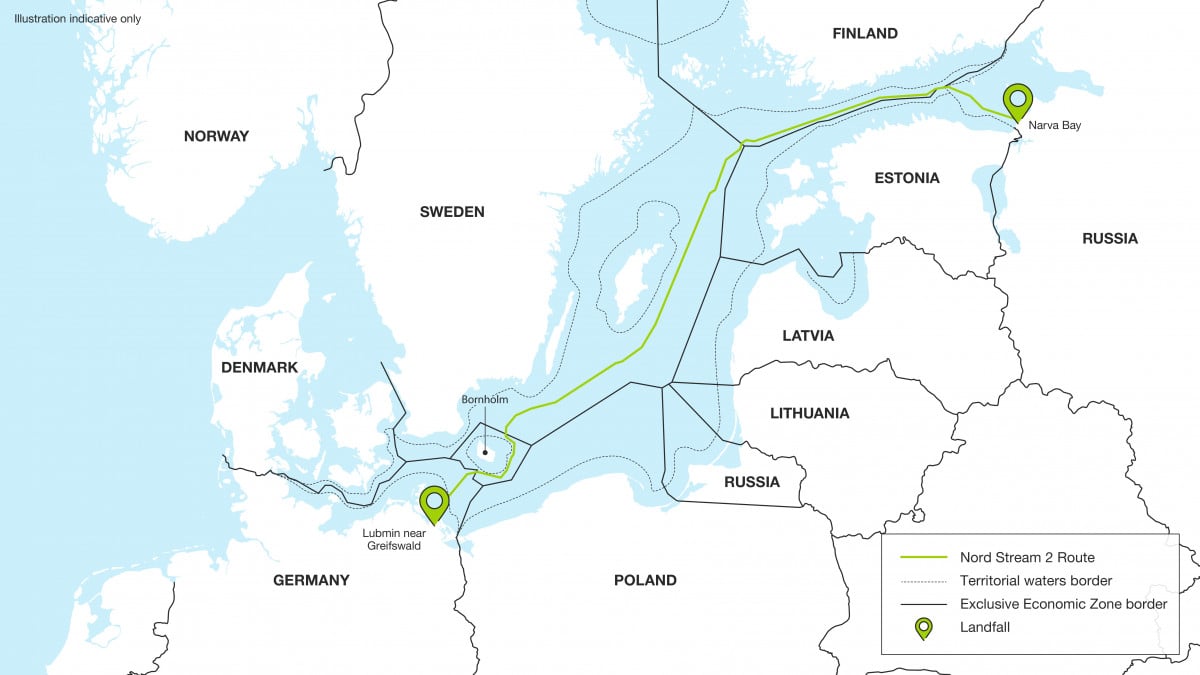Two vessels that had their automatic identification systems (AIS) switched off reportedly sailed close to the leak sites of the Nord Stream 2 pipelines a few days before those were ripped open due to subsea explosions, trusted satellite data analysis firm reports.
The ships measured between 311 and 426 feet in length, and had the AIS trackers, turned off, explains Jerry Javornicky, the co-founder of SpaceKnow, and Wired’s Matt Burgess informed us.
That the beacons were off meant that there was no information regarding their movements and that they were purposely trying to keep the location and general information hidden from the rest of the world, Javornicky informed the outlet.
Javornicky mentioned that SpaceKnow had discovered 25 vessels passing via an area covering a several-mile radius around the leak sites, Wired reported. Two of the ship did not have their AIS data on, Javornicky said.
The International Maritime Organization (IMO) mandates that ships loaded with a cargo of 330 tons or higher and passenger vessels, irrespective of their size, must keep their AIS trackers switched on when embarking on an international voyage.

Switching off transponders is considered a red flag, and such a practice is widespread for vessels involved in illicit activities like human trafficking, illegal fishing, and dodging sanctions.
US authorities call it a deceptive shipping practice and advise shipping ports to be aware of such ships that manipulate trackers.
Otto Tabuns, the NGO Baltic Security Foundation director, informed Wired that it is rare for a vessel to switch off its AIS transmitter in the waters of the Baltic Sea unless there are “clandestine aims.”
Javornicky’s claims came through as Western European countries continued investigating the leakages in the Nord Stream pipelines that make up the biggest network supplying natural gas to Europe from Russia.
Multiple underwater explosions observed in late September 2022 ruptured the Baltic Sea’s Nord Stream pipelines, but it remains unclear what is responsible for such damage. Ukraine, Russia, the UK, and the US, have been accused of sabotage, though the countries have denied these allegations.
After the leaks, German officials said they suspected Russian forces could sabotage the gas pipelines. At the same time, Sweden and Denmark mentioned in a letter to the UN that they opined “several hundred kilos” of explosives had been used to impair the pipes.
All the nations have not unveiled their findings.
Source: Marine Insight





